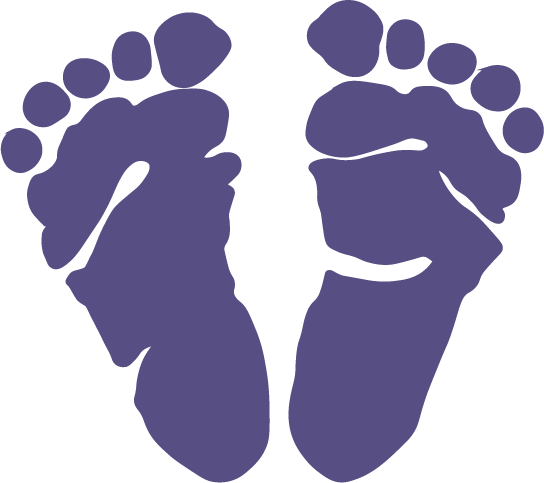Sleep is a common concern for all parents – from birth even through our college kids. We want to make sure our kids are getting enough sleep at the right time, and hopefully getting a little for ourselves as well. But making sure kids get enough isn’t enough – it’s important that it is safe sleep. We want to make sure to reduce the risk of Sudden Infant Death Syndrome (SIDS) as close to zero as possible, and avoid other risks such as strangulation and entrapment. Unfortunately, not all babies agree that sleeping on the back is best for them; some clearly seem convinced otherwise. But as in all things, parents are tasked with providing the safest environment possible. The American Academy of Pediatrics provides the best guidelines available as to what factors make sleep safer, and what factors increase the risk for SIDS and other hazards. The latest guidelines, published in November of 2016 actually expand prolong the time recommended to sleep in parents’ rooms, and reaffirms back sleeping as key. These recommendations are summarized as follows:
- Infants should be placed on their back to sleep for all naps and night sleep until they are 1 year old. A baby who rolls himself or herself onto the tummy can be allowed to sleep on the tummy, but we start every night on the back.
- Sleep surfaces should be FIRM.
- Breastfeed.
- Infants should sleep in their parents’ room, close by but in their own space, in a space designed for infants for at least 6 months, and ideally for a year.
- Soft objects, toys, loose bedding (sheets, blankets) should not be in your child’s sleep area.
- Consider a pacifier for naps and overnight.
- Avoid smoking or being exposed to smoke during your pregnancy and after delivery.
- Avoid alcohol and drug use during pregnancy and after delivery.
- Get regular prenatal care during pregnancy.
- Keep your baby’s vaccines up to date.
- Wedges and sleep positioners should be avoided.
- Home cardiorespiratory monitors DO NOT reduce the risk of SIDS, unfortunately. Any device that states it does it not telling the truth.
- Supervised tummy time while awake is very important to aid development and reduce head shape abnormalities.
- Swaddling does not reduce the risk of SIDS.
In the end, we all need sleep and we want you & your baby to get the sleep you need. Here’s to SAFE, SWEET DREAMS!



